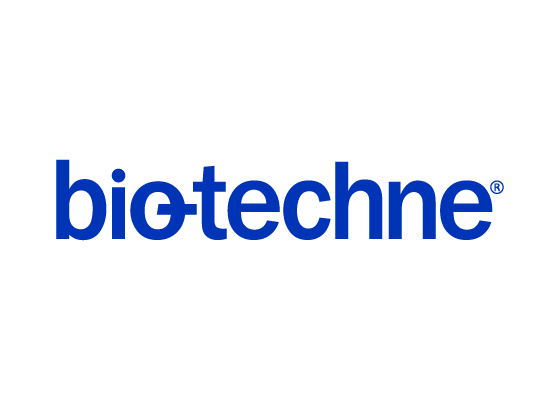Human Lefty-A Long and Short Isoforms Antibody
R&D Systems, part of Bio-Techne | Catalog # MAB7461

Key Product Details
Species Reactivity
Applications
Label
Antibody Source
Product Specifications
Immunogen
Phe78-Pro366
Accession # O00292.2
Specificity
Clonality
Host
Isotype
Applications for Human Lefty-A Long and Short Isoforms Antibody
Western Blot
Sample: Recombinant Human Lefty-A (Catalog # 746-LF)
Formulation, Preparation, and Storage
Purification
Reconstitution
Formulation
Shipping
Stability & Storage
- 12 months from date of receipt, -20 to -70 °C as supplied.
- 1 month, 2 to 8 °C under sterile conditions after reconstitution.
- 6 months, -20 to -70 °C under sterile conditions after reconstitution.
Background: Lefty-A
Lefty was first identified in a screen for undifferentiated cell-specific cDNAs from the P19 mouse embryonal carcinoma cells. Its mRNA expression on the left side of the developing embryo earned the name “Lefty”. The human orthologue was initially identified as Ebaf, Endometrial Bleeding-Associated Factor. Two genes exist in mouse (Lefty-1 and Lefty-2) and two in humans (Lefty-A and Lefty-B). By amino acid sequence, human Lefty-A and -B are more similar to each other (96%) than to either Lefty-1 or -2 in the mouse (81‑82% identical). Lefty contains the six cysteine residues that are conserved among TGF-beta related proteins and that are necessary to form the cysteine-knot structure. However, Lefty is distinct from other family members in that it has two RXXR cleavage sites, a longer carboxy terminal sequence, and it lacks the cysteine residue required for intermolecular disulfide linkage. Thus, mature forms of Lefty are larger than mature forms of other TGF‑ beta‑related proteins. Post-translational cleavage of a propeptide occurs at two different sites resulting in long (aa 78‑366) and short (aa 136‑366) forms of mature human Lefty-A. Lefty homologues have been identified in other vertebrate organisms including chick, frog, and zebrafish. Although the amino acid sequence identity is not well conserved among vertebrate species, the expression pattern of Lefty on the left side is well conserved. Furthermore its function in patterning left‑right asymmetry of the developing organ systems such as the heart and lung is consistent in all vertebrate species examined. Lefty acts as an antagonist to Nodal signaling, potentially by competing for binding to a common receptor.
References
- Meno, C. et al. (1996) Nature 381:151.
- Kosaki, K. et al. (1999) Am. J. Hum. Genet. 64:712.
- Schier, A.F. and M.M. Shen, (1999) Nature 403:385.
- Branford, W.W. et al. (2000) Dev. Biol. 223:291.
- Tabibzadeh, S. et al. (2000) J. Clin. Endocr. Metab. 85:2526.
- Ulloa, L. et al. (2001) J. Biol. Chem. 276:21387.
Alternate Names
Entrez Gene IDs
Gene Symbol
UniProt
Additional Lefty-A Products
Product Documents for Human Lefty-A Long and Short Isoforms Antibody
Product Specific Notices for Human Lefty-A Long and Short Isoforms Antibody
For research use only
